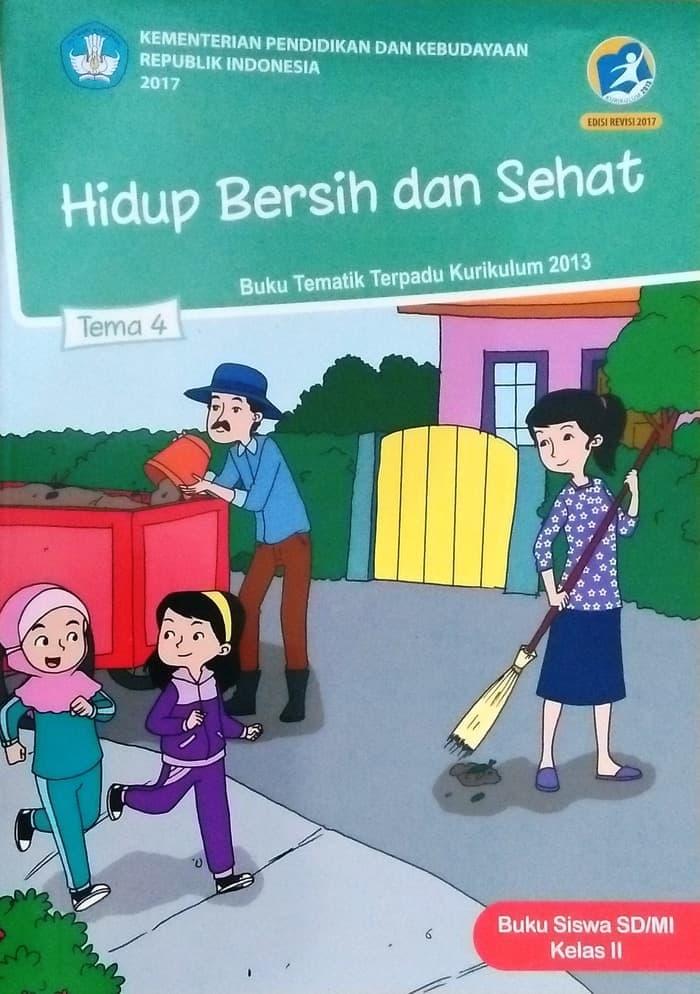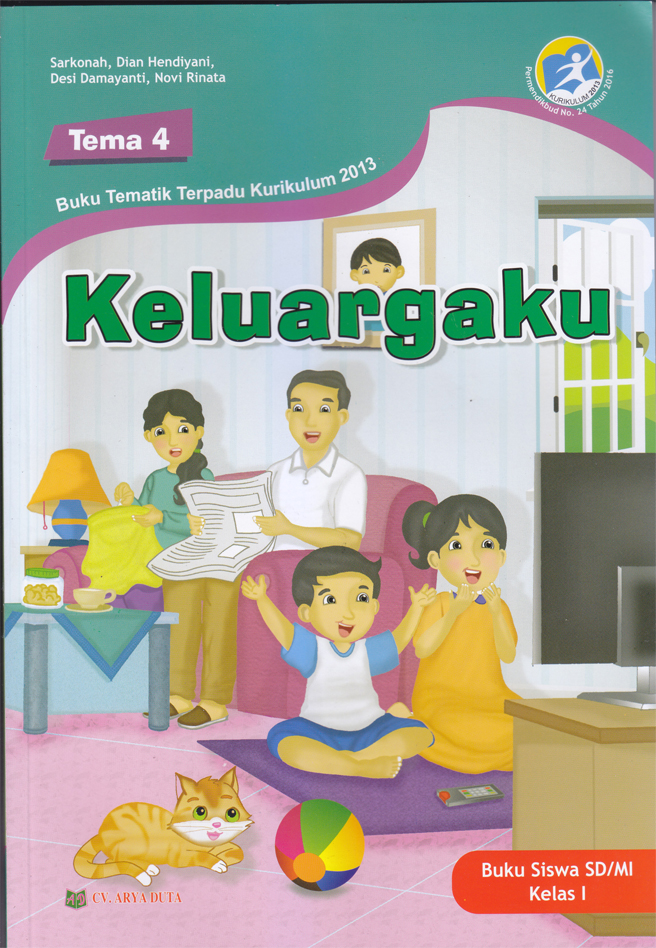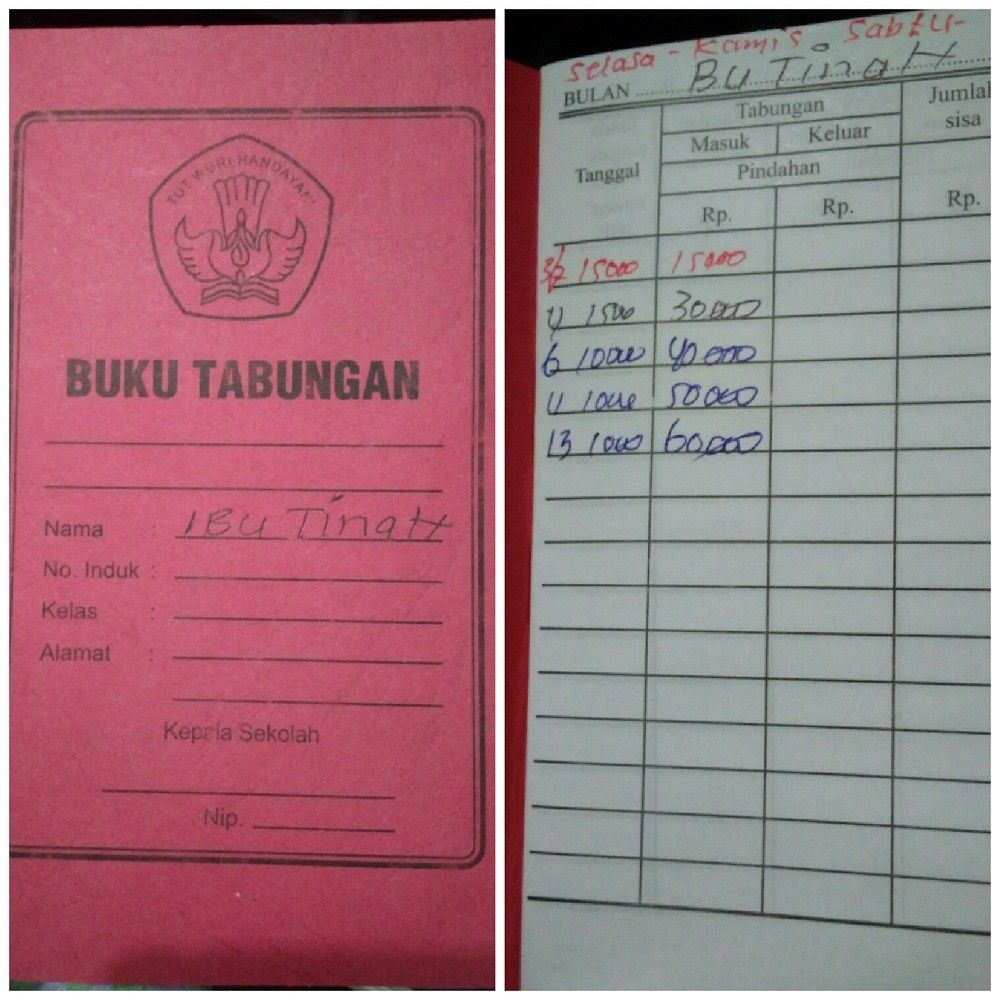
Problematika pembelajaran daring dan luring anak usia dini bagi guru dan orang tua di masa pandemi Covid 19. Indonesia Higher Education Statistical Year Book 2018 (Vol. Rising to the Challenge: Innovative early childhood teachers adapt to the COVID-19 era. Developmental Psychology, 36(2), 274.ĭias, M. Q-sort assessment of attachment security during the preschool years: links from home to school. K., Denham, S., Schmidt, M., & Mitchell, J.

Australasian Journal of Early Childhood, 45(4), 336–347.ĭeMulder, E. When are we going to have the real school? A case study of early childhood education and care teachers’ experiences surrounding education during the COVID-19 pandemic. Early Childhood Research Quarterly, 28(1), 123–133. Preschool teacher attachment, school readiness and risk of learning difficulties. Young children (0-8) and digital technology: A qualitative exploratory study across seven countries. E., Donoso Navarrete, V., Dreier, M., Fletcher-Watson, B., Heikkilä, A. Economics of Education Review, 83, 102128.Ĭhaudron, S., Beutel, M. Effects of COVID-19 on school enrollment. Academica: Journal of Multidisciplinary Studies, 4(2), 267–278.Ĭhatterji, P., & Li, Y. Implementasi Kunjungan Rumah Dalam Pembelajaran Pada Masa Pandemi. Compliance with COVID-19 Social-Distancing Measures in Italy: The Role of Expectations and Duration. Html.īriscese, G., Lacetera, N., Macis, M., & Tonin, M.


Au/National/Experts-Call-for-Major-Intervention-to-Help-Strugglingstudents-20200519-P54uii. Experts call for major intervention to help struggling students. Simulating the Potential Impacts of COVID-19 School Closures on Schooling and Learning Outcomes: A Set of Global Estimates. The World Bank Research Observer, 36(1), 1–40.Īzevedo, J. Simulating the potential impacts of COVID-19 school closures on schooling and learning outcomes: A set of global estimates. P., Hasan, A., Goldemberg, D., Geven, K., & Iqbal, S. Association Between Statewide School Closure and COVID-19 Incidence and Mortality in the US. S., Richardson, T., Hartley, D., Hall, M., Warniment, A., Timmons, K., Bosse, D., Ferris, S. Remote-learning, time-use, and mental health of Ecuadorian high-school students during the COVID-19 quarantine. Asanov, I., Flores, F., McKenzie, D., Mensmann, M., & Schulte, M. Montana State University Extention, 4(10), 1–4. The importance of play in early childhood development. Frontiers in Public Health, 3, 148.Īnderson-McNamee, J. A review of nutritional guidelines and menu compositions for school feeding programs in 12 countries. Keywords: COVID-19, early childhood learning, emergency remote learning, preschool, kindergartenĪliyar, R., Gelli, A., & Hamdani, S. The researchers recommend that additional study be conducted with a larger and more diverse sample size in order to obtain a more complete picture of this issue. 3) additional media and learning activities preparation 4) additional time and energy was wasted and 5) the risk of exposure to COVID-19 was increased. Meanwhile, the downsides include the following: 1) it was inconvenient for parents because they were needed to entertain teachers and other children 2) some pupils couldn't study because home visits were far away from their homes. The benefits are as follows: 1) more effective than online 2) make learning materials easy for children to understand 3) pique children's interest and excitement for learning and 4) eliminate the need for parents to assist their children with their tasks.

The data revealed, parents and teachers perceive that using home visits has a number of benefits and drawbacks. Twelve resource persons were interviewed (3 teachers and 9 parents). Exploratory qualitative research employed as methods of inquiry. The aim of this study was to investigate and assess parents' and teachers' views of the home-visiting program as a method of early childhood education during the COVID-19 outbreak.


 0 kommentar(er)
0 kommentar(er)
